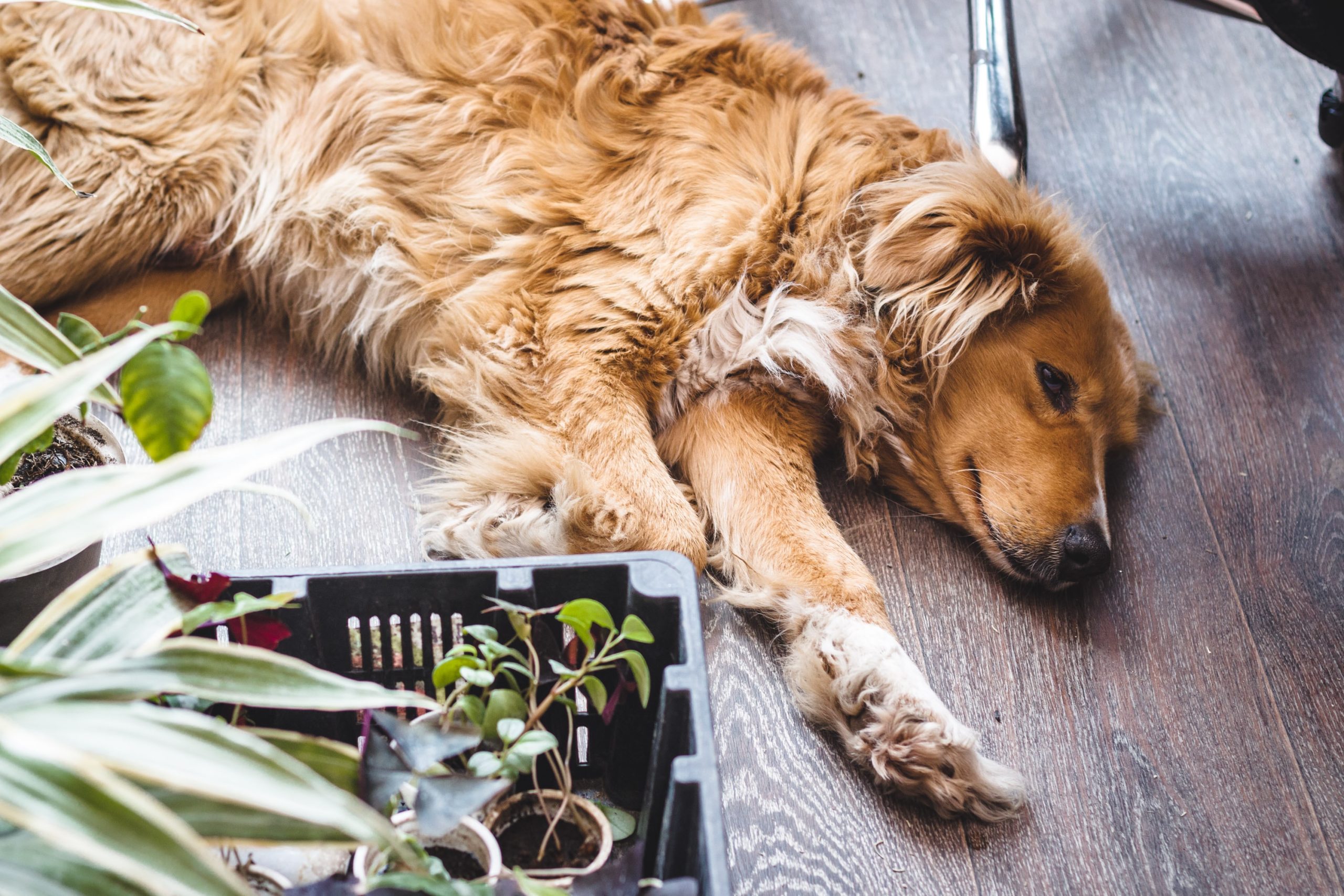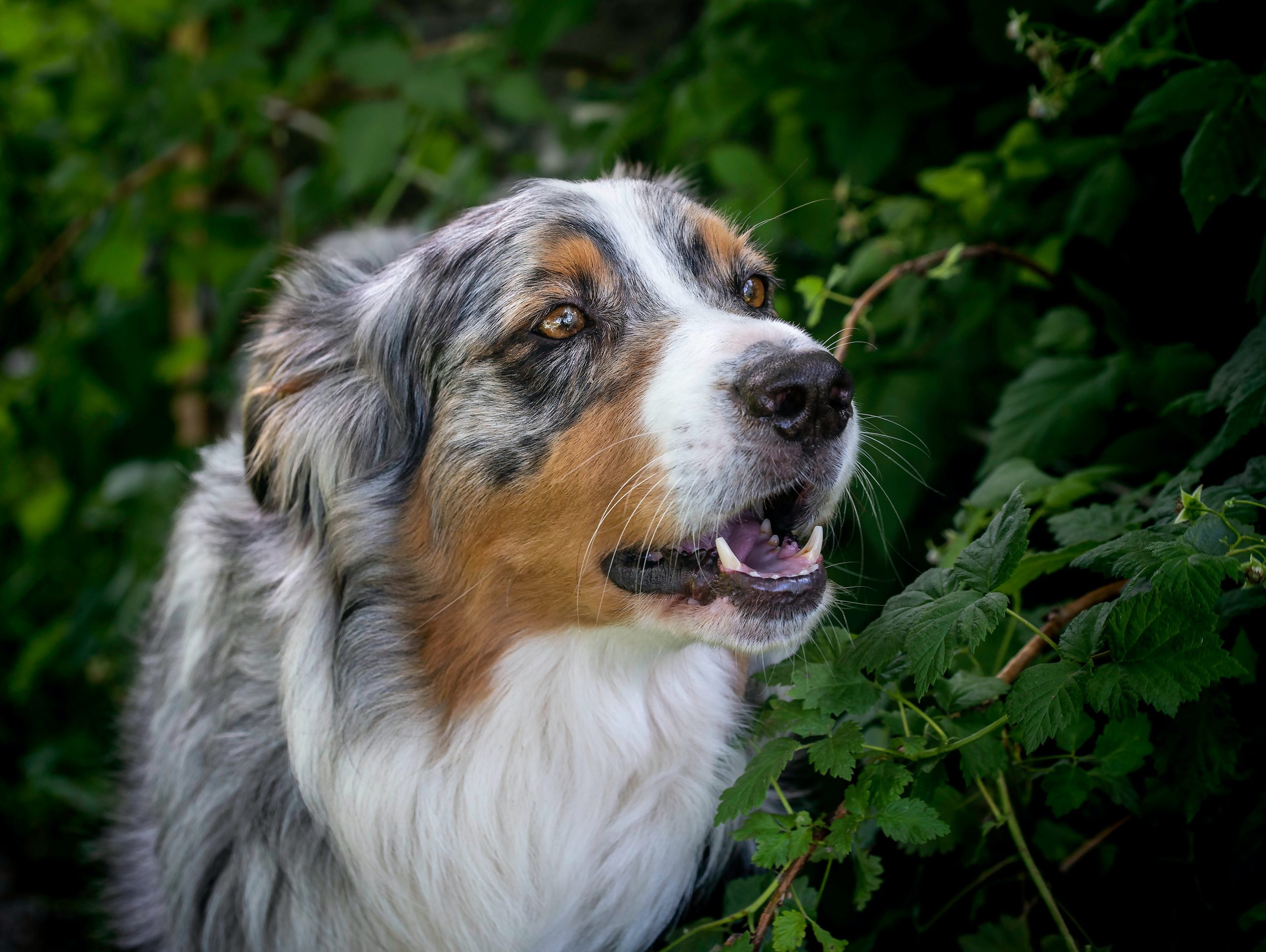A Guide to Common Toxic Plants for Dogs and Pet Safety
An overview of common toxic plants for dogs, including the risks associated with ingestion, symptoms of poisoning, preventive measures, and immediate actions to take if ingestion is suspected.
Overview of Common Toxic Plants for Dogs
Pet owners should be aware of the risks associated with common toxic plants for dogs, as these can pose significant health hazards to their canine companions. The rise in calls related to pets ingesting toxic plants highlights the need for increased awareness and understanding of the potential dangers.
It’s important for pet owners to familiarize themselves with the various plants that can be toxic to dogs. For instance, the Sago Palm, Tulips, Lily of the Valley, Oleander, Philodendrons, Rhododendron, Dieffenbachia, Japanese Yews, Cyclamen, and Autumn Crocus are all common plants that can be harmful to dogs if ingested. Pet owners should be cautious and understand that the effects of these toxic plants can vary, with some causing intense gastrointestinal distress while others may have systemic effects on animals. It is essential to keep in mind that even non-toxic plants can cause mild gastrointestinal upset in dogs and cats. Therefore, pet owners should be diligent in identifying and eliminating these hazardous plants from their homes and surroundings to ensure the safety of their pets.
Identifying Common Toxic Plants
When it comes to identifying common toxic plants for dogs, there are several key species that pet owners should be aware of. These include Sago Palm, Tulips, Lily of the Valley, Oleander, Philodendrons, Rhododendron, Dieffenbachia, Japanese Yews, Cyclamen, and Autumn Crocus. Each of these plants poses a unique threat to dogs, and understanding their specific toxic properties is crucial to keeping pets safe.
It’s essential to recognize the variability in systemic effects on animals or intense effects on the gastrointestinal tract for individual plants. For example, while Sago Palms can lead to severe liver failure, Oleander is known for causing cardiac abnormalities. This underscores the importance of being able to identify these plants and understand their specific risks to dogs. Additionally, it’s worth noting that not all toxic plants have the same level of severity. Even non-toxic plants can cause mild gastrointestinal upset for dogs and cats, so pet owners should remain cautious and informed about the potential risks associated with various plant species.
Symptoms of Plant Poisoning in Dogs
The symptoms of plant poisoning in dogs can vary depending on the type of plant ingested. For example, ingestion of Sago Palm can lead to symptoms such as vomiting, diarrhea, lethargy, and in severe cases, liver failure. On the other hand, consumption of Rhododendron can result in drooling, abdominal pain, irregular heart rate, and weakness. Understanding the specific symptoms associated with different toxic plants is essential for pet owners to promptly identify and address potential poisoning in their dogs.
In addition to the physical symptoms, it’s important to note that some plants can cause intense effects on the gastrointestinal tract, leading to severe discomfort for dogs. For instance, consumption of Autumn Crocus can cause symptoms such as oral irritation, bloody vomiting, diarrhea, shock, and multi-organ damage. These symptoms serve as crucial indicators for pet owners to recognize when their dog may have ingested a toxic plant, prompting them to seek urgent medical attention to mitigate the effects and ensure the well-being of their furry companions.
Furthermore, it is imperative for pet owners to understand that the severity and onset of symptoms can vary depending on the plant and the amount ingested. Some plants may cause immediate and intense symptoms, while others may lead to delayed effects, making it essential for dog owners to remain vigilant and seek professional assistance if they suspect their pet has come into contact with any toxic vegetation. This awareness can make a significant difference in providing timely care and minimizing the potential harm caused by plant poisoning in dogs.
Preventive Measures and Pet Safety
When it comes to ensuring the safety of our furry friends, it’s crucial for pet owners to be aware of the potential risks associated with common toxic plants for dogs. With the rise in calls related to pets ingesting toxic plants, there is a growing need for awareness and preventive measures.
One example of a common toxic plant for dogs is the Sago Palm. This ornamental plant, while visually appealing, can pose a serious threat to dogs if ingested. Its toxic compounds can cause symptoms such as vomiting, diarrhea, and even liver failure, making it crucial for pet owners to recognize and prevent their dogs from accessing poisonous plants. Therefore, it’s important to educate pet owners about the specific plants that can be harmful to dogs and the potential dangers they pose to their canine companions.
In addition to using barriers and plant stands to keep dogs away from toxic plants, pet owners can also opt for dog-friendly plants that are safe to keep at home. By understanding which plants are safe and unsafe for dogs, pet owners can create a pet-friendly environment that minimizes the risk of plant poisoning. This proactive approach can go a long way in safeguarding the well-being of our beloved pets and fostering a safe living space for them.
Immediate Actions for Suspected Plant Poisoning
When a dog ingests a toxic plant, it is essential to take immediate action to address the situation. If you suspect that your pet has ingested a toxic plant, it is crucial to seek urgent assistance. One course of action is to promptly head to the emergency room or contact the ASPCA’s Animal Poison Control Hotline or the Pet Poison Helpline for guidance and support.
For instance, if you notice that your dog has consumed a plant that is known to be toxic, such as a Sago Palm or Oleander, it’s important to act swiftly. These plants can cause severe health issues for dogs, and delaying action could exacerbate the situation. Therefore, seeking immediate assistance is paramount to ensure the well-being of your canine companion. Additionally, contacting a veterinary professional can provide you with specific instructions on how to proceed and mitigate any potential harm caused by the ingestion of the toxic plant.
Ensuring Pet Safety and Well-being
Educating pet owners about common toxic plants and their potential dangers is essential to ensure the safety of their canine companions. It is important for pet owners to be aware of the specific plants that pose a risk to their dogs, such as Sago Palm, Tulips, Lily of the Valley, Oleander, and Philodendrons, among others. By understanding the potential hazards, pet owners can take proactive measures to pet-proof their homes and create a safe environment for their pets.
In addition to recognizing toxic plants, pet owners should also be familiar with the symptoms of plant poisoning in dogs, which may include drooling, vomiting, low energy, rashes, seizures, and collapse. This knowledge can help them identify if their dog has ingested a toxic plant and act promptly by seeking veterinary attention. Moreover, pet owners should be encouraged to discourage their dogs from chewing on or ingesting any vegetation, as many plants are toxic to dogs, and it’s crucial to prevent any potential exposure to harmful flora.
By being proactive in preventing dogs from accessing harmful plants and seeking professional assistance when necessary, pet owners can contribute to the overall well-being of their pets. This includes pet-proofing the home to prevent dogs from accessing toxic plants and providing safe alternatives for their pets, such as dog-friendly plants that are non-toxic and harmless. Ultimately, the well-being and safety of dogs depend on the awareness and actions of responsible pet owners.



